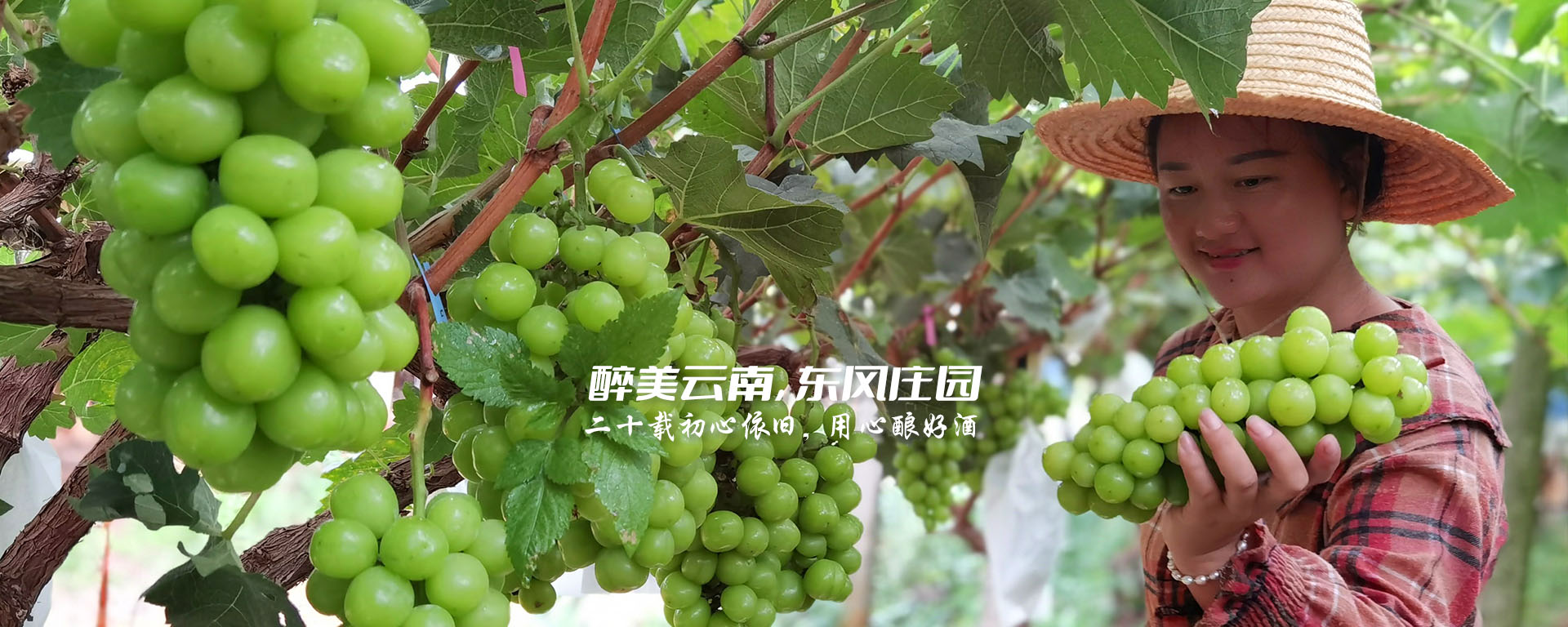
The Artistry of Wine: Exploring the Aesthetics and Expressions
2023-11-17Wine is much more than just a beverage; it is a work of art that engages all our senses. From its vibrant colors to its enticing aromas and complex flavors, wine is a testament to the creativity and craftsmanship of winemakers. The aesthetics of wine extend beyond the glass, encompassing the vineyards, the winemaking process, and the presentation. This article delves into the world of wine, exploring its artistic expressions and the impact it has on our senses and emotions.
One cannot discuss the aesthetics of wine without mentioning its visual appeal. Wine comes in various hues, ranging from pale straw to deep ruby red. The color of wine can hint at its age, grape variety, and winemaking techniques. A vibrant, youthful red may suggest a bold and fruity flavor profile, while a golden hue in white wine could indicate maturity and complexity. The way wine clings to the glass, forming legs or tears, can also provide insight into its alcohol content and viscosity.
The olfactory experience of wine is perhaps one of its most captivating aspects. Swirling the wine in the glass helps to release its aromas, creating a sensory journey. The nose detects a plethora of scents, from fruity notes like berries and citrus to earthy undertones of herbs and spices. Aromas can be enhanced by the aging process, with oak barrels imparting vanilla, caramel, or smoky nuances. The aromatic complexity of a wine can transport us to different places and evoke memories, making it a truly artistic experience.
When it comes to taste, wine showcases an array of flavors that can be both familiar and surprising. The interplay between sweetness, acidity, bitterness, and alcohol content creates a balance that defines the wine's character. Tasting notes often describe flavors like red or black fruits, floral undertones, herbal accents, or even mineral nuances. The complexity and evolution of flavors throughout a sip can be a source of endless fascination, making wine a dynamic and ever-changing form of art.
Beyond the sensory elements, the artistic expression of wine extends to the vineyards and winemaking techniques. Grapevines are meticulously cultivated, with each vineyard offering its unique terroir, climate, and soil composition. Winemakers carefully select grape varieties and employ various methods to extract the best qualities from the fruit. From handpicking grapes to blending different varietals and aging the wine in different types of barrels, each decision contributes to the final artistic expression of the wine.
The presentation of wine also plays a significant role in its aesthetics. The design of wine labels, bottles, and even the shape of wine glasses can enhance the overall experience. Labels often feature intricate artwork, typography, and colors that reflect the wine's personality and story. The choice of bottle shape and closure, such as corks or screw caps, can also affect the wine's aging potential and presentation.
Wine has the power to evoke emotions and create connections. It is often associated with special occasions, celebrations, and moments of indulgence. The act of sharing a bottle of wine with loved ones or appreciating a glass alone can be a form of artistic expression in itself. It fosters conversation, sparks creativity, and encourages us to savor the present moment.
In conclusion, the aesthetics and artistic expression of wine are an integral part of its allure. From the visual beauty to the captivating aromas and complex flavors, wine engages our senses and evokes emotions. The meticulous attention to detail in vineyards, winemaking processes, and presentation further enhances the artistry of wine. So, the next time you pour yourself a glass of wine, take a moment to appreciate the artistic masterpiece that lies within the bottle.
